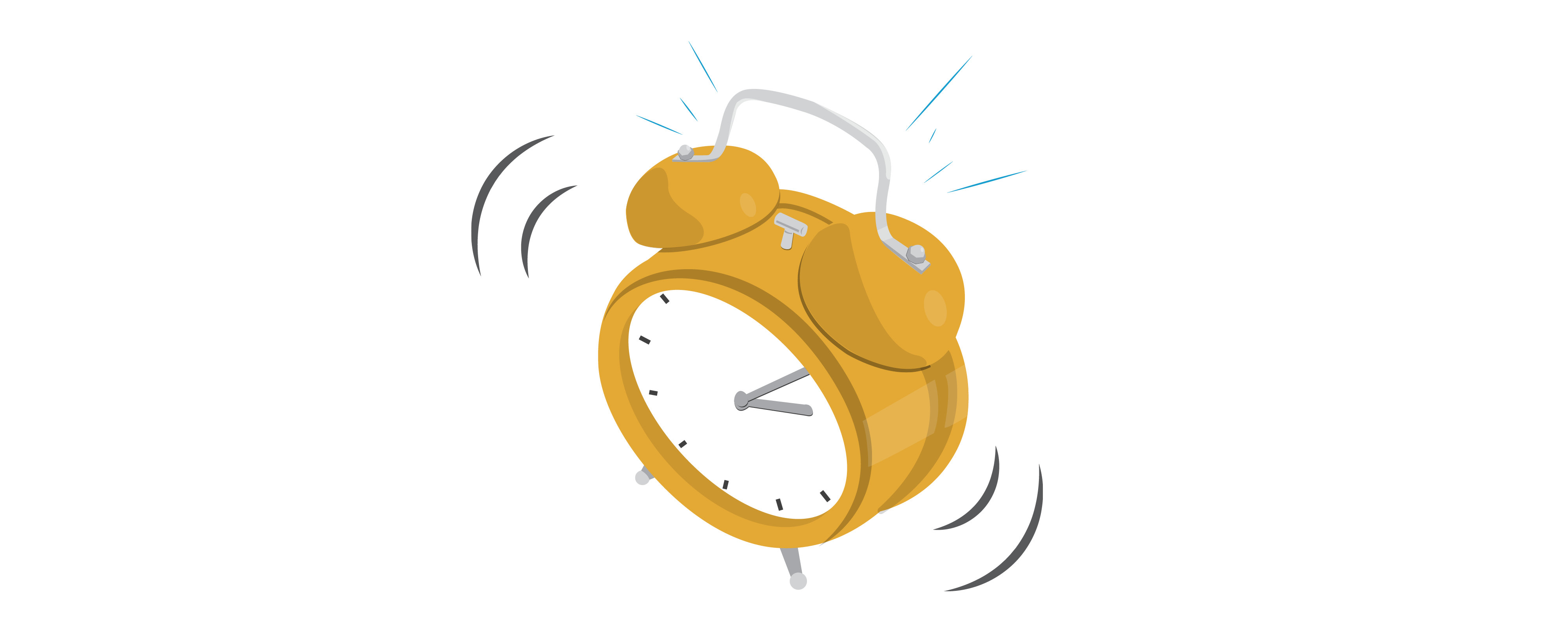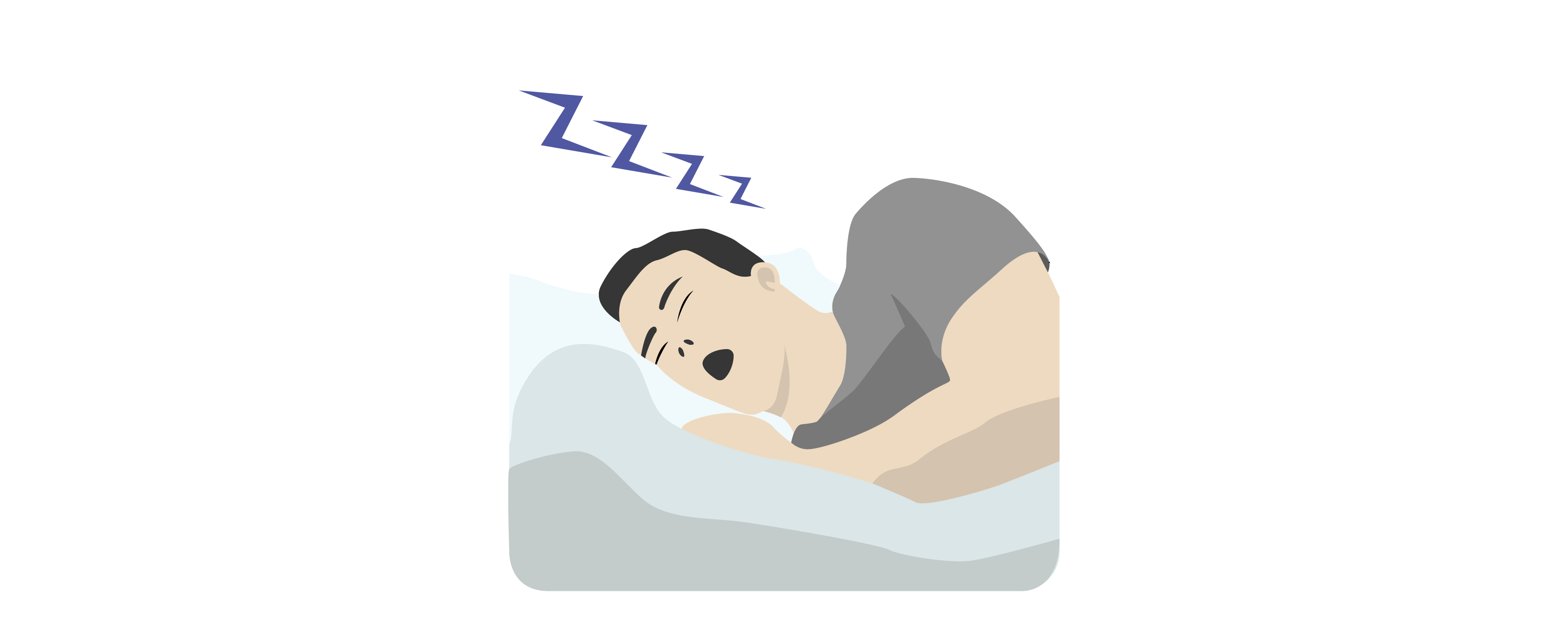
5.3 How we experience sound
This section introduces the kinds of sound experiences that we have and examines qualities of sound that can be enhanced to improve our experiences with products and places. When sound waves hit our eardrums, they vibrate in response and send signals to our brain, which interprets these signals as sound (Lupton, 2018). However, we do not all experience sounds the same way; some people only hear the sounds in their immediate vicinity, while others are sensitive to the sounds coming from all around them, and others experience diminished hearing. While hearing is a biophysical process, we also have affective (emotional) responses to sounds. If you have ever heard the sound of glass shattering on a hard floor, you may have experienced a visceral reaction of shock rippling through your body (van Egmond, 2009). We will touch on some emotional responses, such as fear (upon hearing sirens), pleasure (upon hearing soothing sounds from nature), or a sense of urgency (upon hearing beeping alarm sounds) in the following discussion.
Emotional responses to sounds
Sound localization refers to how we can distinguish between sounds by locating their direction (Clarkson, 2009). Of course, this also engages our sense of sight – looking around to see where the noises of the children playing and the cars whizzing by are coming from! This kind of textured auditory information is valuable for us to distinguish between different soundscapes.
Soundscapes, as mentioned earlier, encompass the whole melody or composition of ambient sounds that we experience at any given time. We are constantly surrounded by sounds. Some everyday sounds include the noise of traffic in the morning, people talking, the humming of the lights in the office, music playing, or birds singing outside our window.
Given the ubiquitous experience of driving cars, you may be familiar with the experience of external traffic and environmental ambient sounds combined with the internal sounds of a radio or conversations with a passenger or on a hands-free call. This melange of noise can even interfere dangerously with the intentional sounds designed into the experience.
For a design team, considerable experimentation and concept iteration may also go into designing the sound quality of a restaurant’s interior soundscape. By identifying the multi-patterned context of the auditory experience, it is possible to explore factors that modify the loudness and diffusion of noises to achieve an auditory balance. Since people must discriminate among competing noises to focus on the most important sounds in their vicinity, design teams can make it easier for them by considering ways to minimize hearing demands caused by sound reflection and reverberation in larger spaces (Clarkson, 2009). If you are looking for an intimate dinner with a friend, you might choose a restaurant that has been designed to minimize distracting ambient sounds.
The auditory spatial character of a place can be curated by design decisions
Layers refer to the categories of sound in a soundscape. In general, sounds can be divided into 3 main categories: Foreground, Middleground, and Background.
Categories of sound: Foreground, Middleground, Background
1. Foreground Sounds or Sound Signals are familiar and intentional sounds that are designed to alert people about a product or environment. They may include beeps, sirens, or bells. They are proximate (close) sounds and can even be intermittent, to alert a person to something, such as an alarm clock. These are the key sounds that drive the user’s experience and need to stand out appropriately from the other sounds around them.

Foreground Sound: An alarm clock ringing
2. Middleground or Contextual Sounds provide immediate contextual information. They communicate what is going on, informing people in the environment about the situation. For example, contextual sounds like increased talking may inform the waiter that people are nearly finished eating or a teacher that students have completed their quiz. Sometimes these nearby sounds may be too loud and compete with the surrounding soundscape. For example, the noise of the coffee grinder or your partner’s snoring may keep you awake and conflict with your quiet bedroom ambiance.

Middleground Sounds: Your partner snoring
3. Keynote or Background Sounds are the ambient sounds that we rarely pay attention to. They include the combined levels of background sounds at any specific location, considered both spatial and textured. Spatial sounds are directional and help define the extent of the spatial envelope (the surrounding soundscape) that we are in. The combination of these sounds contributes to our overall auditory perception of the experience, called the sonic texture. They may be birdsongs, ice cream truck bells, traffic noises, or overhead planes that are some distance from where we are (distal sounds). A design team may develop a gentle sonic texture for a product like a vacuum cleaner, but our impression may not be the same as that intended – we might interpret it as a disruptive ambient sound, especially if we are not the person who is vacuuming.

Background Sounds: Birdsongs
If the familiar traffic noises completely disappear you would likely register that absence of background sound as unusual. Or have you ever tried to study for an exam when people are talking in the background? For some of us, that can be extremely distracting, and we may choose to wear noise-cancelling headphones. Alternatively, others may find that background music or white noise supports concentration, and we fill our soundscape with music or white noise (Davis, 2015).
Have you ever experienced how ambient sound interferes with your hearing when you are calling someone from a busy location? In that case, the texture of the ambient sound disrupts the quality of your experience. According to Özcan, Cupchik and Schifferstein (2017), ambient sounds can have a significant effect on user experience and need to be carefully considered and moderated through design features in products, environments, and services. The man in the image below might be able to improve the quality of his call by relocating away from the main sources of ambient sound.
The sonic texture of the ambient sound interferes with the quality of this phone call
Interestingly, ambient sounds are also an integral part of the auditory spatial character of places, such as restaurants, the dentist’s office, the cafeteria, or the forest. Think about the kinds of sounds you recall from being in each of those environments – can you describe them? Designers should become sensitized to the contribution that our sonic product interactions make to our auditory experience of spaces and try to optimize them.
Activity Time!
Determine which sounds are Foreground, Middleground, and Background sounds in each of the three scenarios below.
Scenario 1: At a hockey game
Scenario 2: An elevator
Scenario 3: A cocktail party
Layers of Sound in different contexts
Next section: 5.4 Interpreting Time through Sound Interactions

